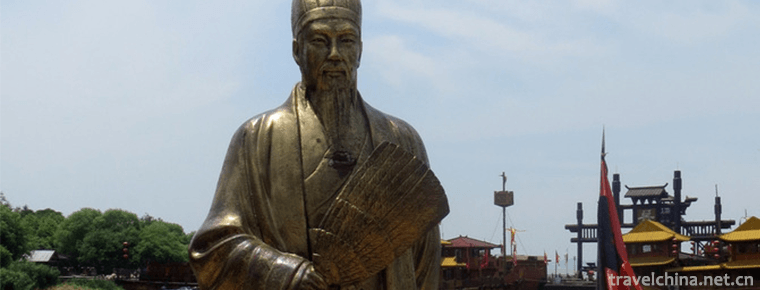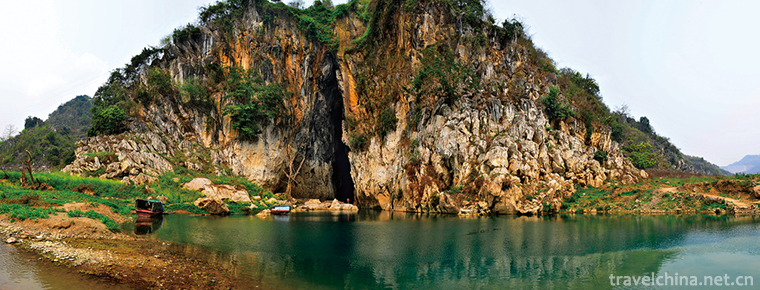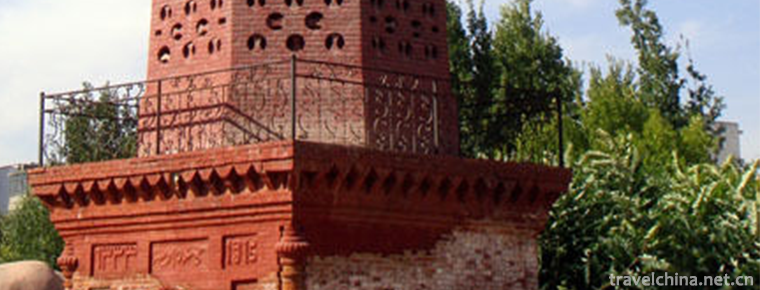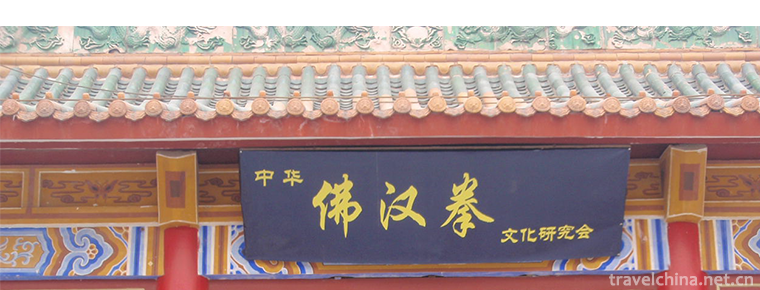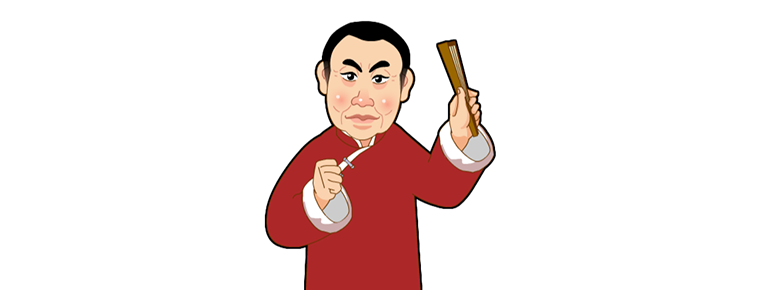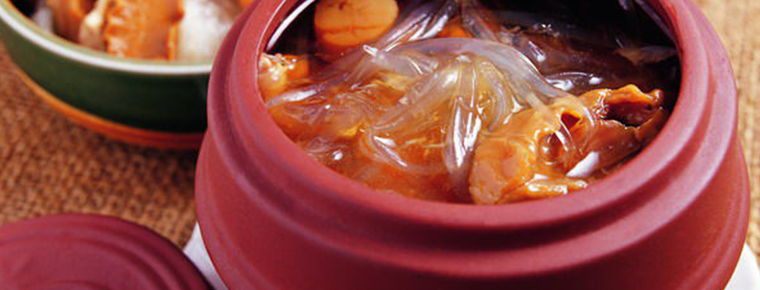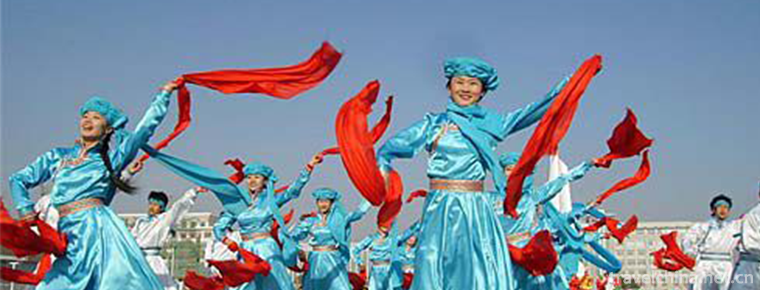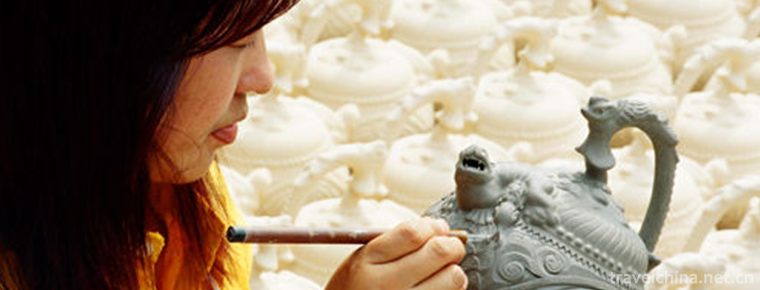Jinshi seal carving
Jinshi seal carving
Epigraphic seal carving is an ancient Chinese traditional arts and crafts, which belongs to an important part of Chinese stone culture. As the birthplace of inscription, Xiling Seal Press has been listed as the first national intangible cultural heritage list.
Historical origin
Seals originated from pottery making. Chinese pottery originated in the early Neolithic Age and has a history of more than 8,000 years. The most primitive method of pottery making is to put bamboo baskets or ropes in the mould, then coat them with mud, and take them out after half-drying, leaving a clear impression on the surface of the pottery blank. Inspired by such impressions, the ancestors later carved decorations directly on pottery photographs. Taopai was originally a simple tool to close the cracks in mud by beating. After carving on it, it became the origin of Chinese decorative pattern and seal art. From this, Taopai emerged. Ceramic seals should have two meanings. One refers to the quality of the seals is pottery, which is formed by the mixture of clay, dried and sintered; the other refers to the impression used to stamp the characters or emblems on the clay pottery. These characters or emblems are often the names or marks of the owner or family of the objects.
Hangzhou is a famous cultural city with a long history. Xizihu Lake is a pearl of this city. There are many scholars, heroes, Bai Juyi, Su Dongpo, Yuefei and Yu Qian in the past dynasties. All of them have left brilliant achievements here. At the same time, with the nourishment of culture, there are also many famous Indians, Ding Jing, Jiang Ren, Huang Yi, Xikang... They formed the famous "Xiling Eight Families" in the history of printing, which lasted for hundreds of years. They all made outstanding contributions to the development of seal cutting art, especially Ding Jing and Qian Song. They all created a new school in knife and constitution, and pushed seal cutting art to a new peak. The world's famous cities, outstanding people, hundreds of years, the emergence of many Indians, can be said to be the only city in China.
During Guangxu period of Qing Dynasty, the elders of Hangzhou Literature discussed six books, studied seal carving, and met in Shufeng Pavilion. In this treasure land on the lake, there was a gathering of literary elders from Hangzhou to talk about six books, seal carving and other elegant things. Soon after, some young Indians imitated their predecessors and talked about seal carving in Gushan for a longer time.
In the summer of Guangxu 30 years (1904), Ye Ming (named Ming, Zipin 3, Yezhou), Ding Ren (supplemented by Zi, Huhelu), Li Liangyu (Zilu Mountain, the descendants of Li Fanxie) and other young people who are fond of India often gather in the West Lake Gushan Renyilou to appreciate the seals. Wang Yu (Ziweiji, No. Fu'an) did not live in the same building at that time, but he taught in the school near Fenghe, Quyuan, so he often came here to study printing. In the course of the discussion, everyone thought of compiling their own collection of ancient and modern seals into a spectrum, so that they could each keep a book in hand and draw lessons from it, so they had the idea of creating a printing agency. Sometimes Wu Yin of Shaoxing (Zishiquan, No. Qianquan) heard it and actively supported and encouraged Chengshe.
"In the past Qian and Jiasheng Dynasties, Ding Longhong, Jin Dongxin and Li Fanxie were the first members of the association, while Qian Shugai, Li Jieyi and Shi Lianyi were the second. My colleagues carved oracles, vulgar carvings, bird seal inscriptions, Moshen heart painting, autumn snakes and spring worms, laughing at themselves and pointing softly, but still on the wisdom of the former sages, the ambition of not falling scenery, Xu Heng the current era, overcoming the mistake, gathering Shijiao, Chuangzi Yinshe. "
Establishing a press is not an empty word. It must be built on a certain material basis. It must also select the leaders of the press and formulate the statute of the establishment of the press. So "Ye Ziming, Wu Ziyin, Ding Ziren, Prince Qi and Li Taoshan gathered at the lakeside, and there was no impression that the Impressionists would disappear. They planned to build a number of bows, three or two rooms of Mao on the side of Xiling Shufeng Pavilion. The wind was cool, the rain was cloudy, and the stone was lucky gold. The only impression they wanted was to think of the society. Because of the place name of the society, Xiling was said to be... Wu Qiweng of Tui'anji is better than the society.
At that time, several of them were young and middle-aged. Although they were a group of unknown Indians, they all had a desire to carry forward the excellent cultural heritage of the Chinese nation. Maybe they had not realized the historical significance and value of the establishment of the press at that time, but they were determined to work hard for fear of the annihilation of printing and their love for the special culture of Chinese traditional seal cutting art. Pursuing and persevering, this spirit really set a good example for the Indians at that time and later.
They promoted Wu Changshuo as president, which also showed their noble sentiment for the revival of printing and not for self-interest. In order to revitalize printing, Wu Qi, who is highly respected by the public, is elected to run the printing press, so that the purpose of "preserving the stone and studying printing" can be carried out. At the same time, we can also create favorable conditions for the development of printing research activities, the development of members, and the improvement of the academic influence of the press with the help of the appeal of the elderly.
As for the detailed explanation of the purpose of the press, there is also a clear explanation in the Social Covenant: "The purpose of the press is to preserve the diamonds and study seal science. "Xiling Yinshe Establishment Qi" explains: "From the top of the Dingyi tablet to the bottom of the Yinxiquan knife, all of them have collected side searches for archaeological resources. "On the study of printing, the Social Covenant" explains: "This club takes Huangshan families and Xiling Bayi in the early Qing Dynasty as its best preparation, and each of them has his own collection. It is hereby agreed that each spring and autumn, in order to enrich the eyes and help the Qing Dynasty to flourish. "We collect all kinds of seals, which are classified into different categories, supplemented by additional paragraph and printed into a spectrum. If you have the same interests, you can go to the society for reference and gain the benefit of observation and observation. "
In 1913, since Wu Changshuo was the first president of Xiling Printing Society, the modern stone and calligraphy circle, he was well-known for his impressions at home and abroad. Li Shutong, Huang Binhong, Ma Yifu, Pan Tianshou, Fu Baoshi, Feng Ziyi and other gold and stone inscriptions, calligraphy and painting, appreciation, archaeology, literature and so on. Overseas Indians have also joined us, including Hejingquan, Long Tail Armor, Qingshan Sequoia Rain, Xiaolin Dou'an, Mei Comfort, Jin Naoxin and more than 20 other important figures in the field of seal engraving and painting in Japan, Korea, Singapore and other countries. Xiling Printing Society is well-known.
In the following days, Ma Heng, Zhang Zongxiang, Sha Menghai, Qigong... In succession, as the president, all of them are the people who call for and respond to the call. At its peak, members from home and abroad gathered together, at least twice a year in spring and autumn, and in the fifth and tenth anniversaries held grand celebrations, only twice stopped because of the war.
The painstaking management and inheritance of the famous scholars and members of the past dynasties have made Xiling Seal Press the oldest and most influential academic group in China, and it enjoys a very high academic status in the international printing circle. Members have spread over more than 20 provinces, municipalities, Hong Kong, Macao Special Administrative Region, Taiwan, Japan, Korea, Singapore and other countries, and won the reputation of "the first society in the world".
Inheritance significance
Since its establishment, Xiling Printing Society has been devoting itself to the academic research in the fields of printing theory, seal cutting, calligraphy, traditional Chinese painting, appreciation and collection, adhering to the purpose of "preserving stone, researching printing and painting". At the same time, after the Eleventh Congress of members, Xiling Printing Society set up five research rooms: printing theory and social history, seal cutting, calligraphy, traditional Chinese painting, appreciation and collection. At present, there are more than 300 members, all over the world.
However, since the late 1980s, Xiling Printing Society has been quiet. The publishing house was closed for two years, and the rest could not make enough money; the Hangzhou Academy of Calligraphy and Painting, located in the golden section of the West Lake, was maintained by door rental, and the Xiling Printing Society's address package was leased to other people to open a small shop and sell lotus root powder. Noda Xiling Printing Co., Ltd. operates on the basis of only a little rent. Employees can't pay their wages, so they have to rely on bank loans.
Faced with the dilemma, in recent years, Xiling Printing Co., Ltd., which has entered the new century, is constantly reforming and innovating, presenting a good situation in which art and industry go hand in hand, and gradually embarking on the road of independent, harmonious and sustainable development. The celebrations of Xiling Printing Society's Centennial Anniversary were successfully held. The development plans of "Famous Family Society", "World Society", "Boya Society" were fully implemented. In 2005, the "First Xiling Printing Society International Art Festival" was held.
protective measures
The state attaches great importance to the protection of intangible cultural heritage. On May 20, 2006, the intangible cultural heritage was approved by the State Council and listed in the first batch of national intangible cultural heritage list
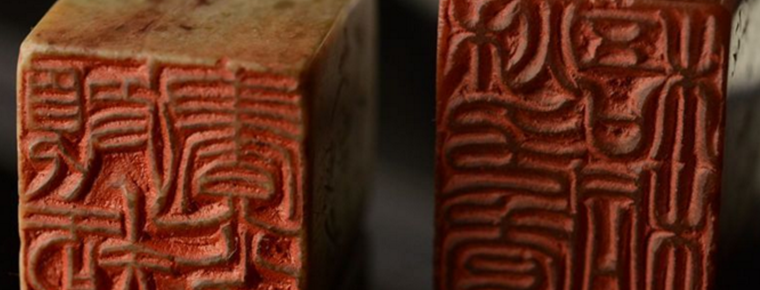
Jinshi seal carving
-
Kung Pao Chicken
Kung pao chicken is a famous traditional Chinese and western famous dish
Views: 241 Time 2018-10-12 -
Water Margin City Scenic Area of the Three Kingdoms
The Wuxi Film and Television Base of CCTV is the first large-scale film and television shooting and tourism base in China. Founded in 1987, it is the first theme park in China that combines film and t
Views: 172 Time 2018-12-18 -
Jizu Mountain Scenic Spot in Binchuan
Jizu Mountain is located in a cave-making area about 20 kilometers west of Binchuan County, Yunnan Province, 90 kilometers away from Dali City. It is named for its three peaks in the front and a ridge
Views: 162 Time 2019-01-03 -
Yanzidong in Jianshui County
Jianshui Swallow Cave is located in the Lujiang River Valley, more than 20 kilometers east of Jianshui County, Honghe Hani and Yi Autonomous Prefecture, Yunnan Province.
Views: 124 Time 2019-01-21 -
Construction Skills of Russian Nationality Residences
Historically, Tacheng once had the reputation of "Oriental Moscow", which is by no means a historical accident. It has a close relationship with the border trade in the past 150 years
Views: 361 Time 2019-04-28 -
Buddha Han boxing
Fohan boxing is also known as Fohan Chuan, commonly known as Buddhist boxing. It is a kind of traditional Chinese martial arts. This boxing originated in Shaolin Temple
Views: 347 Time 2019-04-29 -
Talking about ancient times
Telling the ancients means telling books and stories. It is a traditional language performing art form in which ancient artists use Quanzhou dialect in Minnan language to re-create and deliver novels
Views: 317 Time 2019-05-05 -
Jinghe Opera
Jinghe Opera, a local traditional drama in Lixian County, Hunan Province, is one of the national intangible cultural heritage.
Views: 203 Time 2019-05-08 -
The Craft of Juchunyuan Buddha Jumping Wall
"Buddha Jumping Wall" is the first famous dish in Fujian cuisine. It is well-known at home and abroad for its exquisite materials, unique preparation method and strong flavor
Views: 133 Time 2019-05-08 -
Andai Dance of Mongolian Nationality
Andai Dance originated from the Kulun Banner. According to textual research, Andai Dance was formed in the late Ming and early Qing Dynasty. At that time, the Kulun system was "the unity of polit
Views: 162 Time 2019-06-03 -
Firing Techniques of Yaozhou Kiln Ceramics
Yaozhou kiln is a treasure of Chinese traditional ceramic technology. It was created in the Tang Dynasty and matured in the Five Dynasties. It reached its peak in the Song Dynasty and declined gradual
Views: 187 Time 2019-07-11


